Football rules  Soccer regulations & Laws of the Game by FIFA, FA, IFAB
Soccer regulations & Laws of the Game by FIFA, FA, IFAB
Association football, commonly known as football or soccer, is the world’s most popular sport. Played by approximately 250 million players in over 200 countries and dependencies, it’s governed by 17 football rules known as the Laws of the Game. The same Laws of the Game apply for all football around the world, from the FIFA World Cup finals to a grassroots game in a remote village.
Among others, the football rules cover the number of players a team should have, the game length, the size of the field and ball, the type and nature of fouls that referees may penalise, the offside law, and many other soccer regulations. During a match, it is the task of the referee to interpret and enforce the Laws of the Game. These soccer regulations are published by Federation of Association Football (FIFA), but are maintained by the International Football Association Board (IFAB). The Laws of the Game allow national football associations to make minor variations, including some at the lowest levels. Otherwise almost all organised football worldwide is played under the same ruleset.
The integrity of football rules, and the referees who apply them, must always be protected and respected. A crucial foundation of soccer is its fairness and especially coaches and team captains, have a clear responsibility to respect the match officials and the Laws of the Game.
Read more popular articles: How to organise a Football tournament 
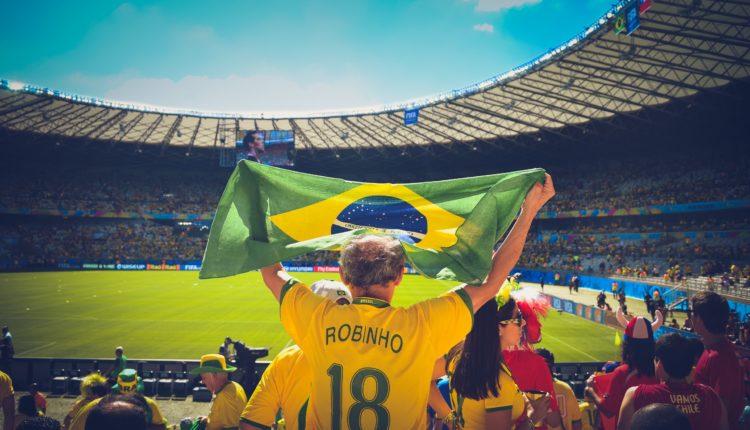
Contenidos [Ocultar]
History of football rules
Football in its current form originated in England in the middle of the 19th century. But alternative versions of team games inlvolving a ball existed much earlier and are a part of the football history. Starting with Mesoamerican cultures over 3,000 years ago, followed by a chinese game called Cuju and a military exercise called Tsu’ Chu in the second and third century BC, and later varieties in Egypt with Ancient Greece.
Most sources suggest that the sport was first introduced in England as early as 1170. The game’s appeal grew in England so much so that in the 1300s, Edward II banned it, so that people were not distracted from practising archery, at a time when he was preparing to go to war with Scotland. Nevertheless, football re-emerged and continued to increase in popularity. Particularly among working classes, who used it to channel their grievances and socialise. However, football rules were limited and the pitch often became violent. It was acceptable to beat opposing team players including destroying their properties and as many as 1000 people played at any time.
Eventually, football’s appeal transcended the class divisions. During the 18th century it became extremely popular at public schools, which provided the context for specific football rules. An 1848 meeting at Cambridge drew up soccer regulations outlining goal kicks, throw ins and goalies’ rights, all of which are still included today. These first Laws of the Game paved the way for the rise of football club teams and national and international games and championships.
First soccer clubs and leagues
Football clubs have existed since the 15th century, but unorganized and without official status. Some historians suggest that the first club was the Foot-Ball Club formed in 1824 in Edinburgh and the oldest professional football clubs is the English club Notts County formed in 1862.
Finally, in 1885 professional soccer was legalized and three years later the Football League was established. During the first season, 12 clubs joined the league. Soon after, other competitions followed, with Football Association Challenge Cup in 1871 and the first international tournament in 1883. The Fédération Internationale de Football Association (FIFA) was founded in 1904 and since then contributed greatly to the development of football rules.
Recent amendments of football rules
- 2000 – The four-step restriction on the goalkeeper handling the ball was replaced by the “six-second rule”. The goalkeeper is not allowed to handle the ball for more than six seconds, during which he may not be charged.
- 2012 – Goal-line technology was permitted.
- 2016 – The kick-off can be realized in any direction.
IFAB’s Play Fair strategic plan
The 2016/17 revision of the football rules started the most far-reaching and comprehensive period of changes in the Laws of the Game in the IFAB’s history. The aim was to make the Laws clearer and ensure they reflect the needs of the modern game at all levels. Furthermore, following IFAB’s Play Fair strategy, one of the long term goals is to improve the game’s attractiveness and the levels of behaviour.
Video assistant referees and other changes
- 2018 – Video assistant referees (VARs) were permitted. Also, a fourth substitution was permitted in extra time.
It took several years of debate to see if technology could assist decision-making without destroying the game’s appeal full of action and emotion. Finally, the first VAR match took place in New Jersey, NY, the USA on 12th August 2016. Only 23 months later, VARs were being used in the 2018 FIFA World Cup™ final in Moscow, leading to the biggest revolution in professional football for more than a century.
VARs will never solve all disputes, since football rules do not resolve all conflicts and many decisions stay subjective. However, their adoption demonstrates that football believes that VARs bring greater fairness and improved player behaviour.
- 2019 – Goals scored by hand were disallowed. Besides, attacking players can’t interfere in defensive walls during free kicks. Substituted players have to leave the field at the nearest goal line or touchline. Goal kicks put the ball into play immediately. Team officials can be cautioned or dismissed, too. During penalties, goalkeepers must keep at least one foot on the line. The dropped ball is no longer competitive (if play is stopped inside the penalty area the ball will simply be dropped for the goalkeeper, otherwise for the team which last touched the ball).
Without doubts, the changes of football rules in 2019/20 have positively affected the game, its image and speed:
- The play became more constructive since the ball no longer has to leave the penalty area before it can be played.
- Additional conflicts were removed by prohibiting attacking players into the defensive wall.
- The new soccer regulation for dropped ball speeded up this restart and removed the common unfairness.
Football rules changes for 2020/21
- 2020 – Competition organisers can temporarily (due to COVID-19 pandemic) allow for a maximum of 5 player substitutions (with an additional allowed in extra time). However, there will only be 3 occasions to make substitutions (with an additional allowed in extra time), excluding those made at half-time, before the start of extra time and at half-time in extra time. Organisers may stop using the video assistant referee system, too.
Except for the COVID-19 modifications, football rules have experienced only minor changes for the 2020/21 season.
- Handball – the boundary between the arm and shoulder was defined and clarifications for accidental handball offences were added.
- If a penalty kick misses the goal or rebounds from the goal, the goalkeeper is not penalised for encroachment unless it clearly affected the kicker.
- The goalkeeper is warned for their first offence at the taking of a penalty kick, and receives a yellow card for any latter one.
- Cautions are not carried forward into kicks from the penalty mark.
- In VAR matches, referees will look at the replay footage in the referee review area if the decision being reviewed is considered subjective.
Laws of the game by IFAB
The football rules used in England and the other Home Nations of the United Kingdom, Scotland, Wales and Ireland, presented historically minor differences. Thus, before playing, teams from different countries had to agree to which country’s Laws of the Game were used. These variations led to the creation of the IFAB (International Football Association Board). In short, the main goal of IFAB is to oversee the football rules for all the home nations. Their first meeting was held in 1886.
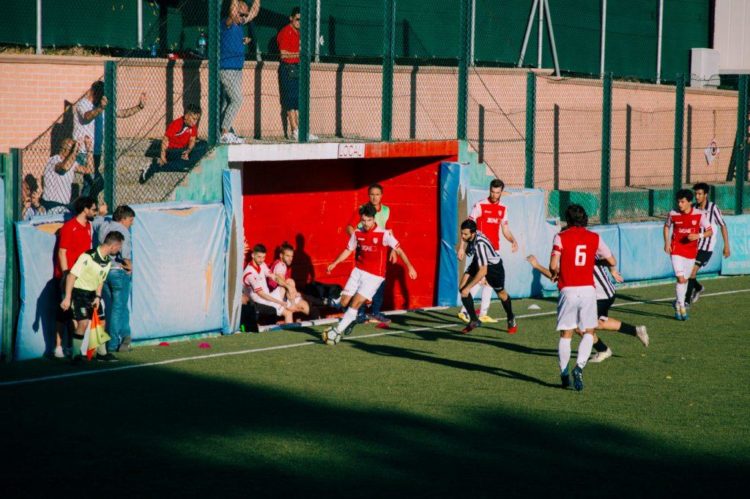
FIFA adoption of football rules
FIFA (Federation of International Football Associations) is football’s governing body worldwide. The federation is primarily known for organising the FIFA World Cup every four years. Nevertheless, its biggest responsibility is for the regulation, promotion and development of football at international level.
When FIFA was founded in Paris in 1904, it immediately declared that it would adhere to the football rules laid down by the IFAB. The growing popularity of the international game caused FIFA representatives to be admitted to the IFAB in 1913. Nowadays, the IFAB consists of four representatives of FIFA and one each from the national associations of England, Scotland, Wales and Northern Ireland. Up until 1958, it was possible for the British associations to impose changes against the wishes of FIFA. This changed with the current voting system whereby FIFA’s support is necessary, but not sufficient, for any amendment to pass.
At the moment, all football played at official level must follow the Laws of the Game set by FIFA. The football rules and regulations are decided by the International Football Association Board (IFAB) and reviewed on an annual basis.
Furthermore, FIFA sets the international fixture calendar which. This means FIFA and UEFA dates are the first in the fixture calendar, followed by other domestic league football, such as the FA Cup and then the League Cup. Only after those dates have been fixed, the Premier League can proceed with its fixtures.
Football Rule Book by the FA (Football Association)
The FA (Football Association) is the national governing body for football in England. It is responsible for sanctioning competition Rule Books, including the Premier League’s, which submits its football rules to the FA for approval. The Football Association also regulates on and off-field matters. In consequence, the FA makes sure that the soccer regulations are observed by officials, club and players off the pitch as well as on it.
Read more popular articles: How to organise a Football tournament 
How to play football – soccer gameplay
Football is a team sport played with a spherical ball between two teams of eleven players each. The game is played on a rectangular pitch with a goal at each end. Ultimately, he objective of the game is to outscore the opposition by moving the ball beyond the opposing goal line. The team with the higher number of goals wins the game. Nevertheless, if both teams have scored an equal number of goals, either a draw is declared or the game goes into extra time or a penalty shootout depending on the format of the competition. Compared to other sports, most football matches produce only a few goals.
The Laws of the Game do not specify any player positions or roles other than goalkeeper and captain, who has the responsibility, as mandated by the football rules, to represent the team in the coin toss prior to kick-off or penalty kicks. Nonetheless, a number of specialised roles have evolved. Broadly, these include three main categories: strikers, or forwards; defenders; and midfielders.
As defined in the football rules, players are not allowed to touch the ball with hands or arms while it is in play, except for the goalkeepers within the penalty area. Players mainly use their feet to strike or pass the ball, though they may also use other parts of their body.
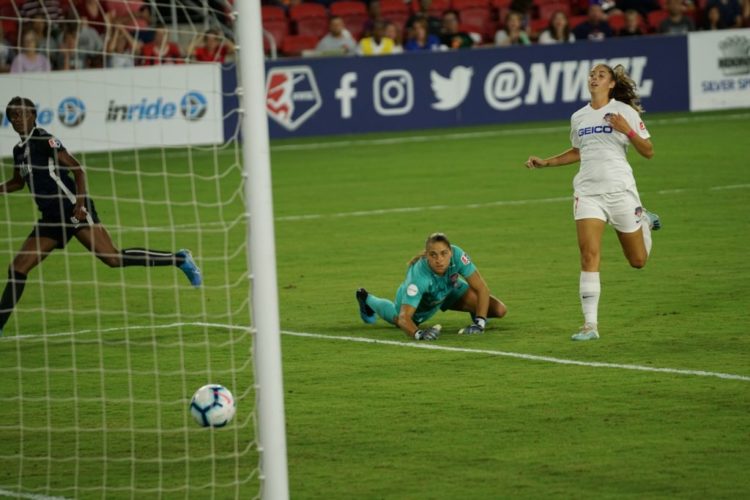
17 Laws of the Game (LOTG)
The current Laws of the Game (LOTG) consist of seventeen individual rules. Each soccer regulation contains several directions:
1. The Field of Play
2. The Ball
3. The Players
4. The Players’ Equipment
5. The Referee
6. The Other Match Officials
7. The Duration of the Match
8. The Start and Restart of Play – Covers the kick-off and dropped-ball, other methods of restarting play are covered in other laws.
9. The Ball In and Out of Play
10. Determining the Outcome of a Match
11. Offside
12. Fouls and Misconduct
13. Free Kicks
14. The Penalty Kick
15. The Throw-in
16. The Goal Kick
17. The Corner Kick
Basic football rules
Football field, ball and teams
- The field must be made of either artificial or natural grass. Its size can vary, with length ranging between 90-120 meters and width 45-90 meters. Furthermore, the pitch must also be marked with rectangular and cirle boundaries called goal lines, touch lines, halfway lines, a center mark (circle) and a corner mark.
- The ball has a circular shape with a circumference of 58-61 cm.
- Each team has a minimum of 11 players and at least 7 players are needed to constitute a match.
- Each team can name up to 7 substitute players and has a limit of 3 substitutions per side per game.
Soccer matches and referees
- A match consists of two 45 minutes halves with a 15 minute rest period in between.
- In case of a levelled match after the allotted 90 minutes, extra 30 minutes can be added in the form of two 15 minute halves.
- If teams are still level after extra time then a penalty shootout takes place.
- Each game must include one referee and two assistant referee’s (linesmen). The referee enforces the football rules and acts as a time keeper. At the same time, the assistant referees help to call fouls and offsides where the main referee might not have an ideal view.
- The whole ball must cross the goal line for it to constitute as a goal.
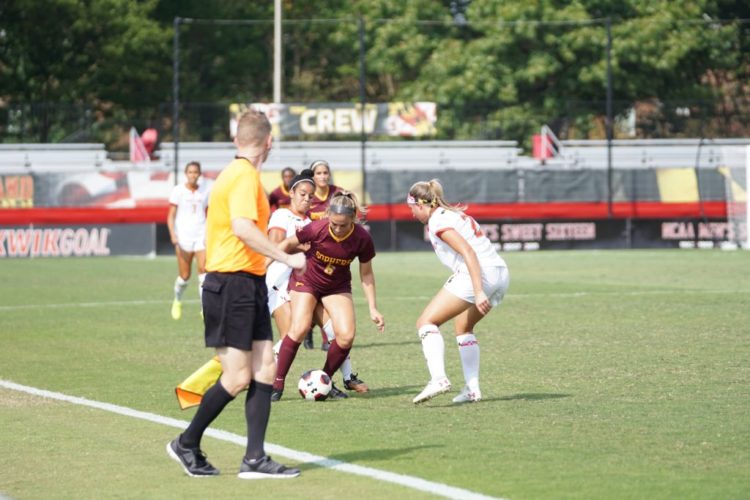
Fouls, kicks and offsides
- Players receive either yellow or red cards for any fouls committed. The severity of the foul comes down to the referee’s discretion. The yellow card is a warning and the red card evoques a dismissal of that player. Two yellow cards equal one red. Subsequently, once a player is sent off then they cannot be replaced.
- If a ball goes out of play off an opponent in either of the side lines then it is given as a throw in. When a ball crosses the goal line, but doesn’t result in a goal, then it is a goal kick. If it comes off a defending player, it is a corner kick.
- When an offensive player receives the ball while on his opponents half, he must be level or behind (closest to the goal) the second to last defender (the last being the goalkeeper). Otherwise an offside is declared.
The future of football rules
The previously mentioned IFAB’s Play Fair strategy was established for the 2017-22 period in order to examine and consider how proposed changes to the football rules can benefit the game. Its main focus goes into 3 areas:
Fairness and integrity – Will the proposed modification strengthen the game’s fairness and integrity on the field?
Universality and inclusion – Will the change benefit football globally at all levels? Furthermore, will it encourage more people to take part in and enjoy football?
The growth of technology – Will the proposed technological advancements have a positive impact on the game?
By focussing on fairness, universality and technology, the IFAB aims to develop the Laws of the Game in order to promote a better game on every football field in every part of the world. Changes undertaken in football rules in recent years have begun to make a major contribution to increasing playing time, fairness and the attractiveness of the game. Furthermore, the impact of VARs is also expected to have a positive impact on player behaviour. All this will make the game even more enjoyable to play, watch and referee.
During 2020/21, the IFAB, plans on further reviewing the football rules, including player behaviour and potentially enhancing the role of the captain.
Read more popular articles: How to organise a Football tournament 

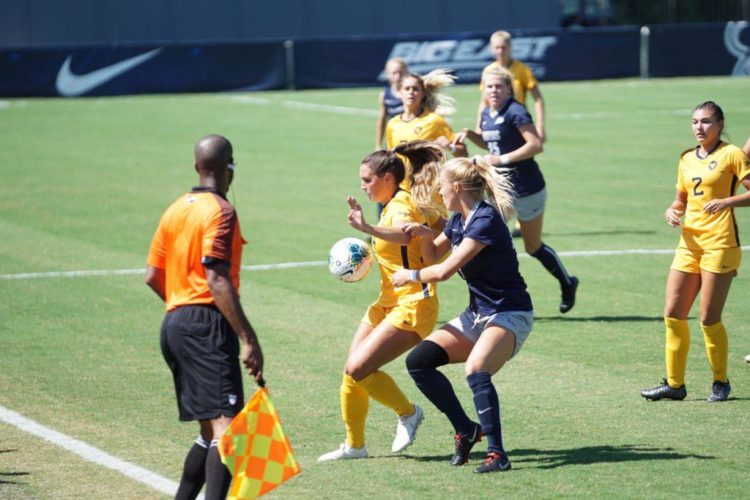







Hi Cosmas,
When we have a tied group, the tiebreaker is decided by goal average.
We hope the answer has helped you.
Thank you for the coment!
In an event where there is tie, how is the winner of group is determined
Hi Mansour! Thank you for reading our article and sharing your suggestions. FIFA is reviewing their rules, including the penalties, periodically, making sure that football games around the world are fair and entertaining. To find out more information, you can visit directly their site.
I could not find any address for sending my comments.so you are kindly requested to send my comments to right section.
quote
I think for free kick of penalty only the person who fault happen on him and he stopped by fault of other players has the right for starting and only he can kick for penalty,law should change such as basketball. In basketball any player who was under fault on him will come and shoot ball to the basket ..So in football It is not reasonable a player who was not involved in the fault come and start again.If you change the low it will be much more exciting..only and only if a player will injure by fault and has to left the game so one of other player can start by kicking a free kick.
Hope you understand what I mean.May be for all other free kicks should be the same regulation and low as above suggestion .
Best regards
M.Azimipour
Hi Simon, if the goalkeeper moves off the goal line before the ball is kicked and the ball crosses the line with no goal scored, the penalty needs to be retaken. Additionally, the goalie might be cautioned. For full details, please see the Laws of the game.
If the goal keeper doesn’t follow the instructions (law 14), crossing the line before the kicker during penalty takes in the ball, what shall be the punishment